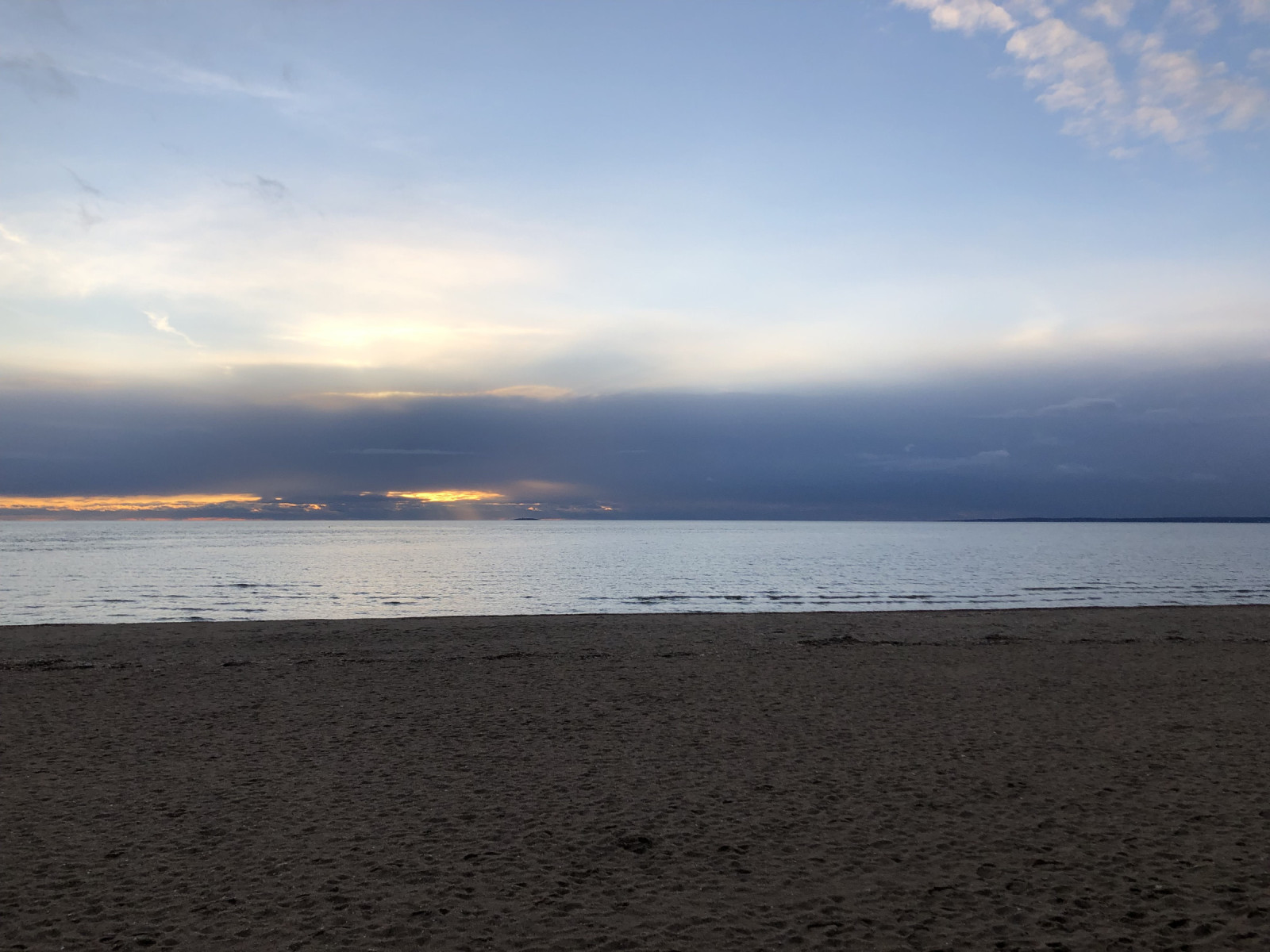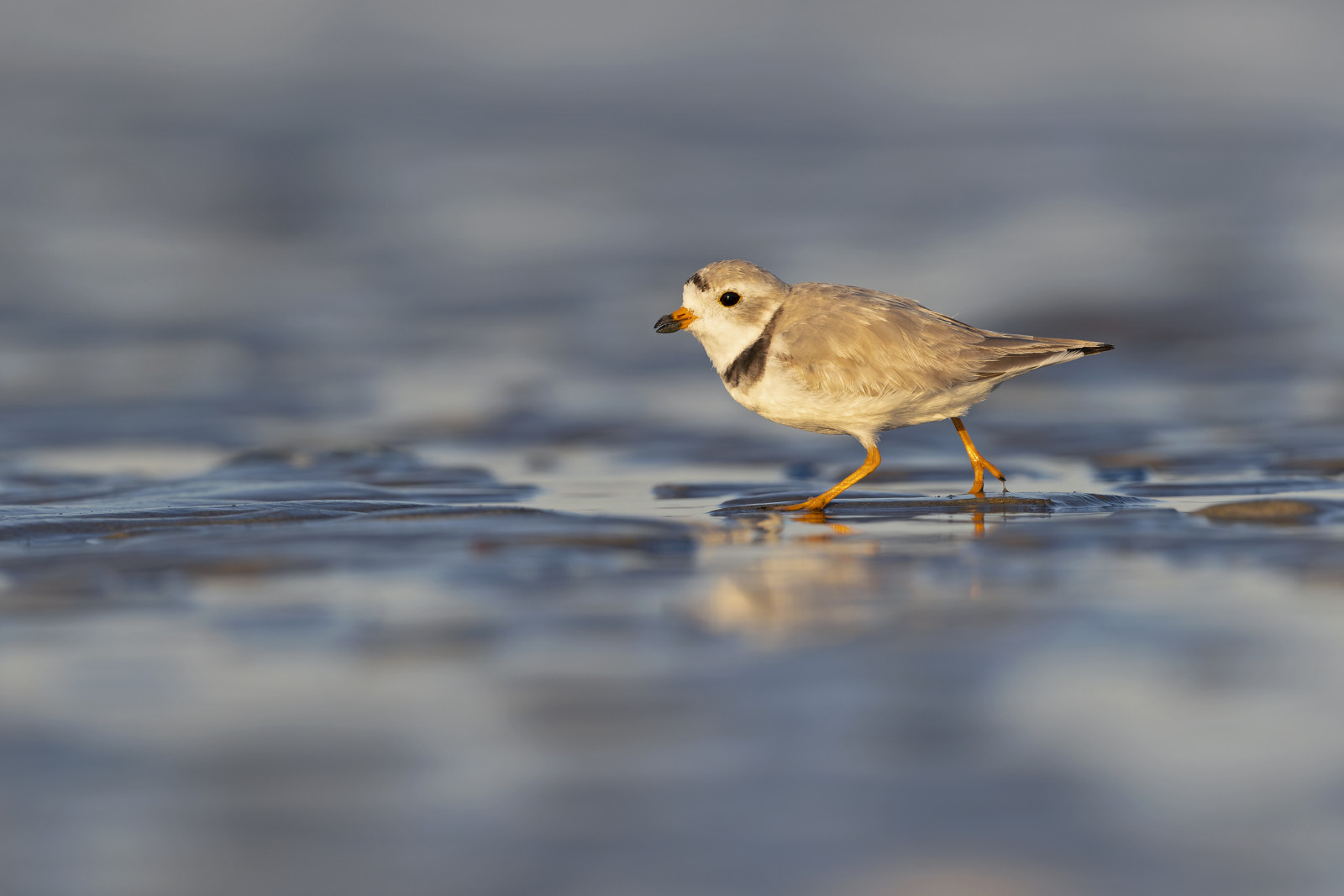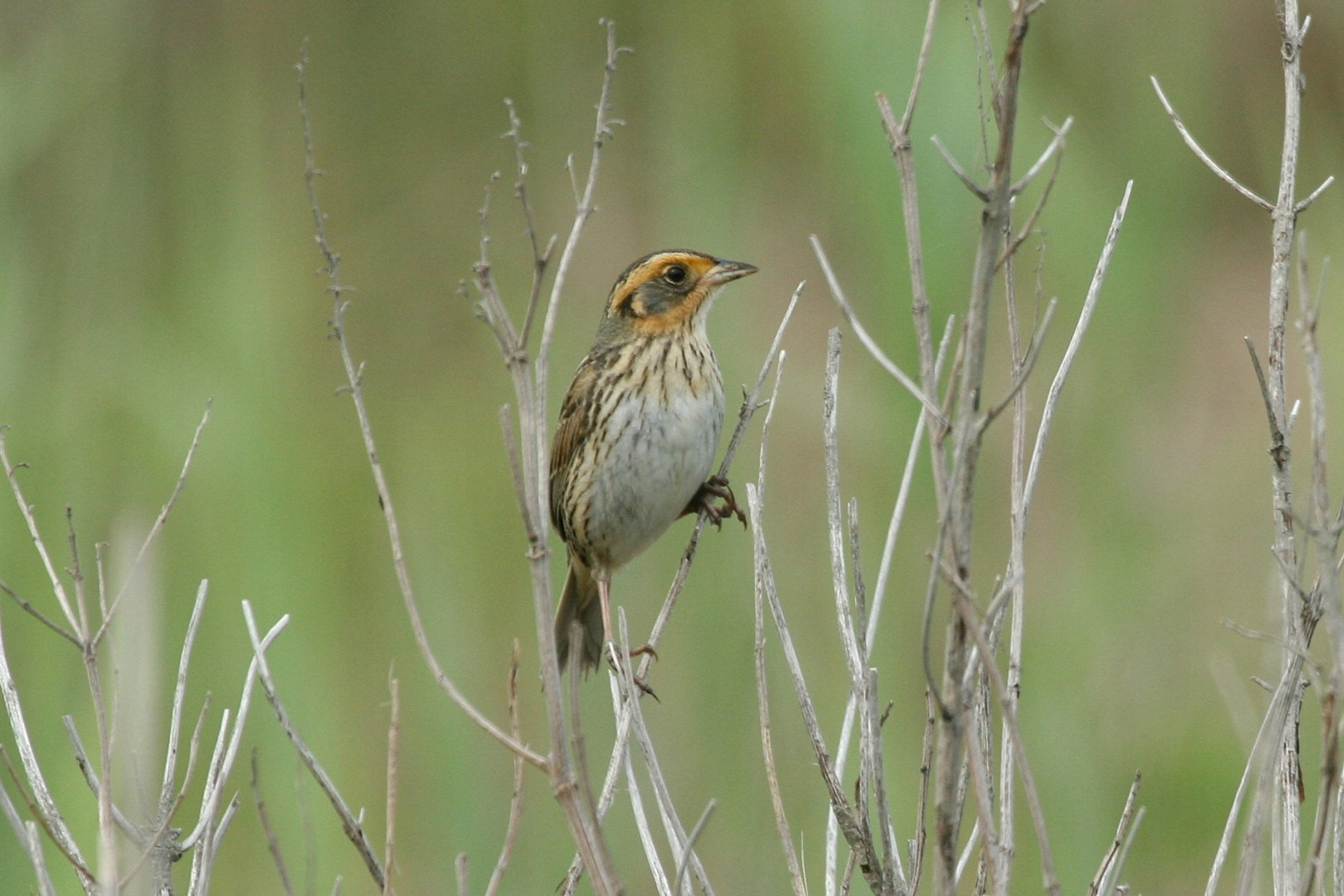Descrizione
Hammonasset Beach State Park contains a diverse set of coastal habitats, and provides excellent birding in all seasons. The park can generally be divided into two main sections. The western half contains the campground, a few freshwater ponds, and some nearby open fields. The eastern half contains several walking trails through beach scrub and deciduous forest, as well as access to salt marsh, sandy beach and rocky coastline.
The open fields in the western half of the park are attractive habitat for migrating shorebirds from mid-spring through early autumn, and in addition to the common eastern shorebird species reliably attracts local rarities or vagrants (30 species have been recorded in the park). The nearby campground similarly is a known vagrant hotspot, and also provides good habitat for migratory songbirds in spring and autumn. The small pond just after the entry rotary usually holds several species of ducks in winter, and is a nesting site for introduced Mute Swan.
The eastern half of the park, centered around the Meig's Point Nature Center, has several important sites. First is the parking lot itself, which in spring & autumn is a good spot for migrating shorebirds, and in winter attracts flocks of coastal songbirds including Snow Bunting, Horned Lark and occasionally Lapland Longspur. Across the main road from the parking lot is a large gazebo with an elevated boardwalk crossing a patch of intact saltmarsh opening into a brackish pond, breeding habitat for the endangered and range-restricted Saltmarsh Sparrow. The beach and rocky shoreline beyond the gazebo is good habitat for wintering seabirds, including scoters, Common Eider, Razorbill, Purple Sandpiper and several species of gulls. Heading east from the beach is the Moraine Trail, which provides viewing access to a protected sandy beach, which in summer is nesting habitat for Piping Plover, Least Tern and other shorebirds. Harbor seals - and occasionally rarer seal species - can often be seen lounging on the rocks beyond the end of this trail.
North of the nature center parking lot are two trails passing through forest "islands" in an extensive bed of saltmarsh. The Willard's Island trail continues north along an elevated causeway through the marsh, which is breeding habitat for Osprey, Willet, Saltmarsh Sparrow, Clapper Rail and other marsh-nesting species. Three short trails branch from the end of the causeway into a low forest of mixed deciduous and cedar trees, which are good for migrating songbirds, overwintering rarities, and occasionally roosting owls. The trails converge at the north tip, which opens out onto more saltmarsh. This spot in particular is excellent for morning songbird flight during fall migration.
The Cedar Island trail heads east from the beginning of the causeway through some deciduous forest out to an elevated viewing platform over the saltmarsh. This spot provides good viewing for saltmarsh species, as well as closer viewing of the protected sandy beach, important breeding habitat for several shorebirds.
Dettagli
Accesso
Hammonasset Beach State Park is located in Madison, along the shoreline of Long Island Sound. The park typically accessed by car. Press a P on the map for directions. Public transit access is possible from the Rte. 1 & Hammonasset bus stop outside the park entrance, but is not recommended. Note that the park has an entry fee ($20USD) for non-Connecticut vehicles, which is enforced by rangers at the entry during peak season, as the park is also a very popular site for beachgoers in summer. The park is officially open from 8:00 to sunset.
Within the park, a vehicle is again useful for quick travel between specific sites, which are several km apart (in addition to the >1km entry road). Walking is however possible, with trails or paved sidewalk connecting most of the park. Cycling is also an option for traveling between sites.
Depending on mode of transportation, 2-3 hours are typically required to visit most of the park's important sites and habitats. Because the park can become quite busy during the day, particularly in summer, it is recommended to arrive early - 8:00 is when the entrance gates are typically opened, though they are occasionally (not reliably) opened earlier.






